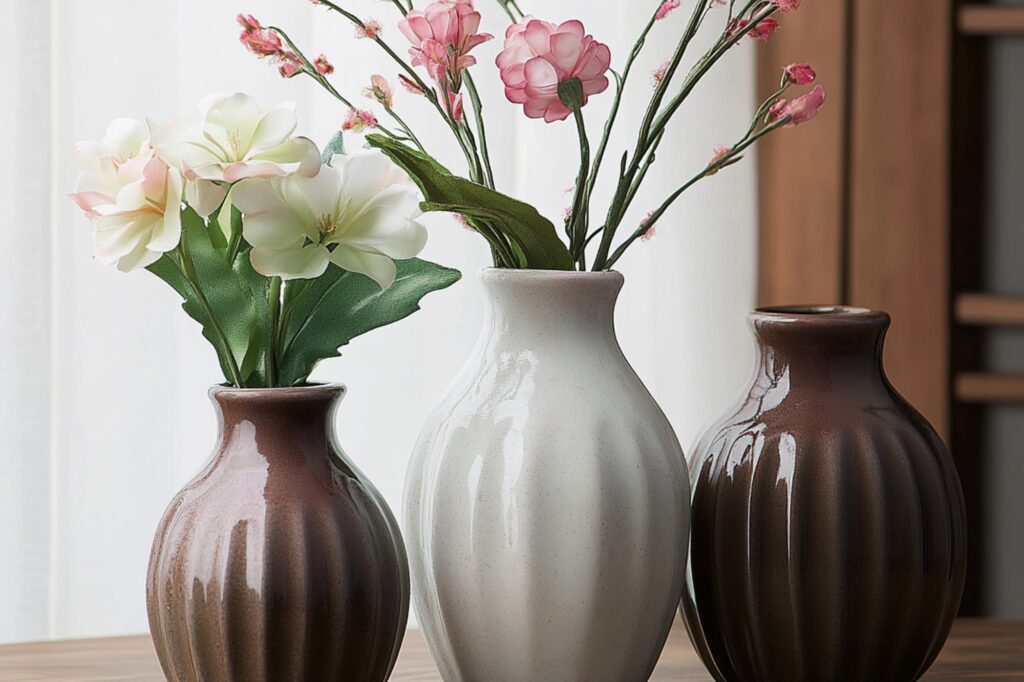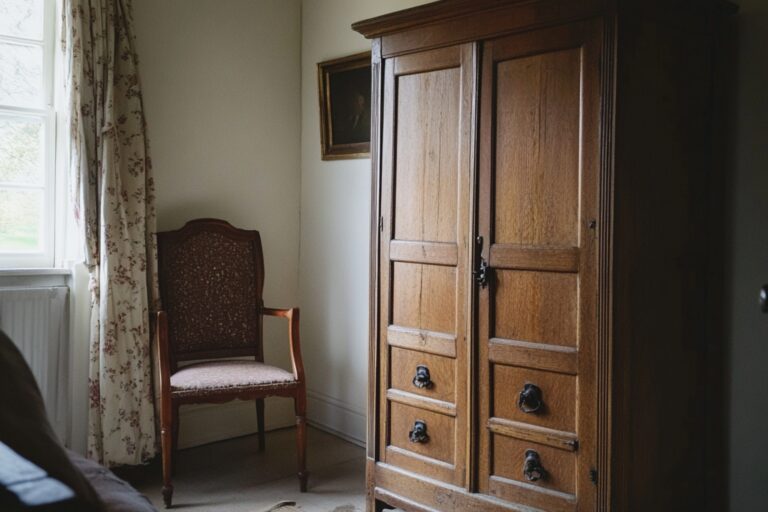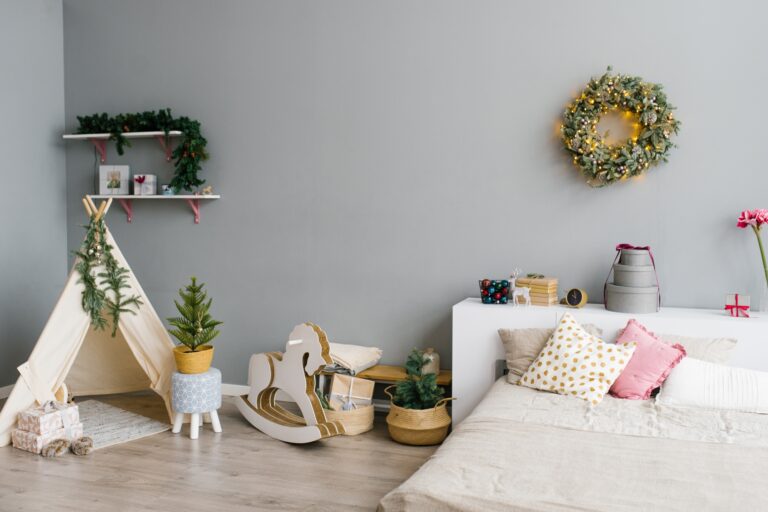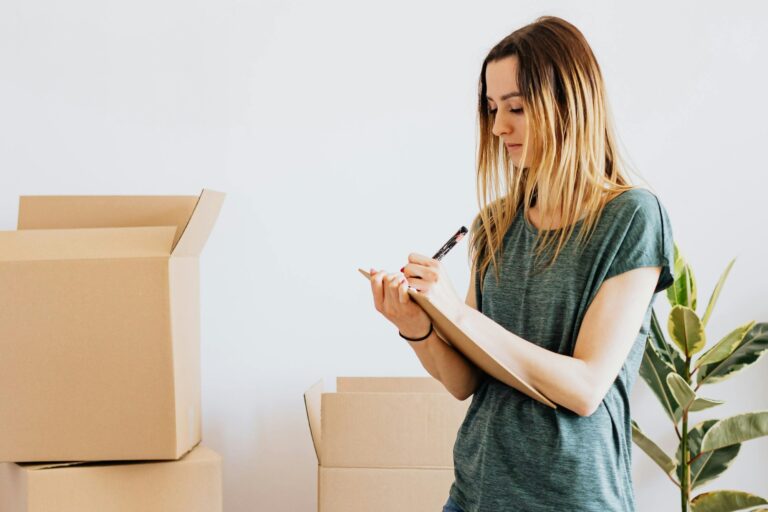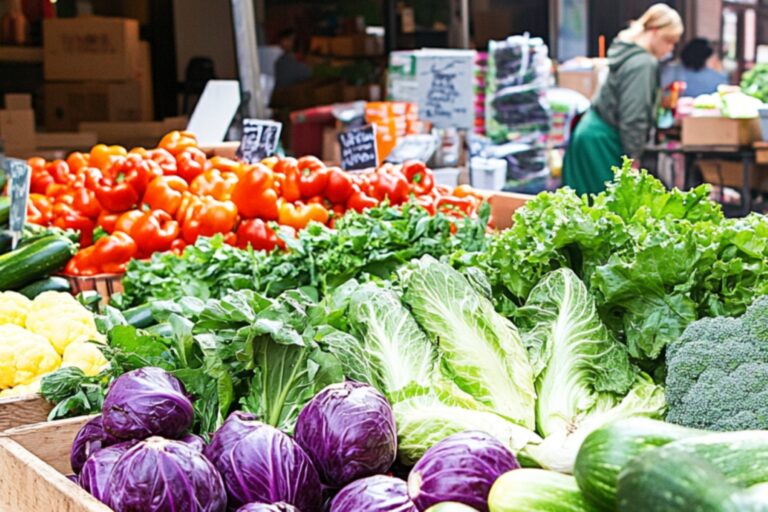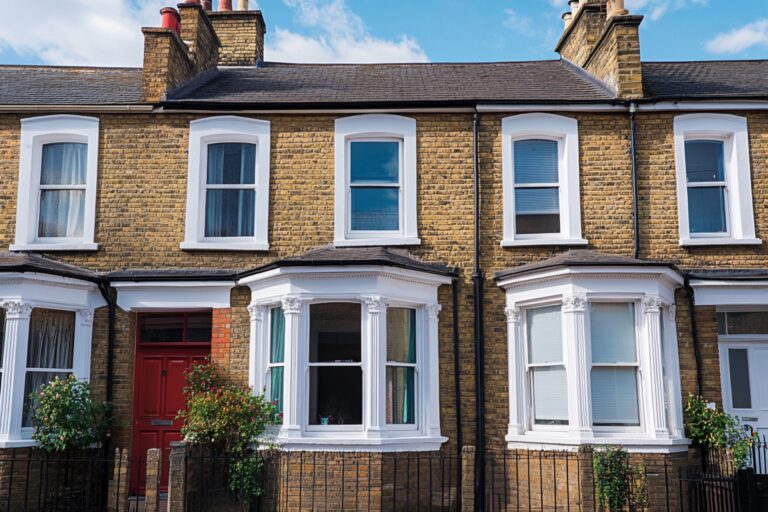Need to know how to pack fragile items for a move? This comprehensive guide offers essential tips and step-by-step instructions to ensure your delicate belongings are well-protected during transport. Whether you’re moving across town or to a new city, understanding the best packing techniques is crucial to prevent damage. From using high-quality packing materials to wrapping each item individually, these strategies will help safeguard your fragile items and provide peace of mind throughout your move.
Key Takeaways
- Use high-quality packing materials such as bubble wrap, packing paper, and sturdy boxes to ensure the safety of fragile items during the move.
- Wrap each fragile item individually and cushion empty spaces in boxes to prevent movement and minimise damage during transport.
- Clearly label all boxes containing fragile items to ensure careful handling and facilitate a more organized unpacking process.
Gather Essential Packing Supplies
Before packing fragile items, gather all the necessary materials. Start with high-quality packing paper, bubble wrap, and sturdy boxes. Avoid flimsy cardboard boxes and substandard packing tape, as these can compromise the safety of your fragile items during the move. A well-organized strategy with the best packing materials is your first line of defence.
Bubble wrap is ideal for providing cushioning around delicate items. You’ll also need plenty of packing tape to secure your boxes and ensure they stay closed during transport. Cardboard dividers can be particularly useful for separating items within the same box and preventing them from shifting and colliding.
Don’t forget to consider special boxes designed for specific items, like dish barrels for plates or wardrobe boxes for clothes. These can offer extra protection and make the packing process more manageable. Begin packing by ensuring you have all these supplies on hand for a successful move.
Wrap Items Individually
Wrapping each fragile item individually is paramount. Start with a layer of packing paper to provide a base level of protection, then follow up with bubble wrap for additional insulation. This two-step process ensures that your items are cushioned against shocks and vibrations during transport. Remember to pack fragile items carefully to avoid damage and to pack fragile items securely.
Wrap each fragile item separately to enhance protection. For items that can be disassembled, wrap each component individually to minimise friction and potential damage. This method is particularly useful for items like lamps and electronics, where different parts can rub against each other and cause scratches or breaks.
Though wrapping fragile items may seem arduous, it’s crucial for preventing damage during transport. Think of it as a small investment of time that pays off by keeping your belongings safe. After all, each one of your items holds value, both monetary and sentimental, and deserves the extra care to ship fragile items.
Use Appropriate Box Sizes
Choosing the right box sizes is key to packing fragile items safely. Smaller boxes are recommended for packing heavier items, as they enhance safety and make handling easier. This is particularly important for items like books or ceramics, which can become incredibly heavy when packed together.
On the other hand, packing lighter items in larger boxes optimises space and reduces the risk of box failure. This strategy works well for things like pillows, bedding, and clothing. Using a variety of box sizes allows for better space management and helps secure boxes during transport.
Using the correct box size is crucial for safely packing fragile items. Avoid using overly large boxes, as extra space can lead to shifting and potential damage. Instead, aim for a snug fit that keeps everything in place.
Secure Delicate Electronics
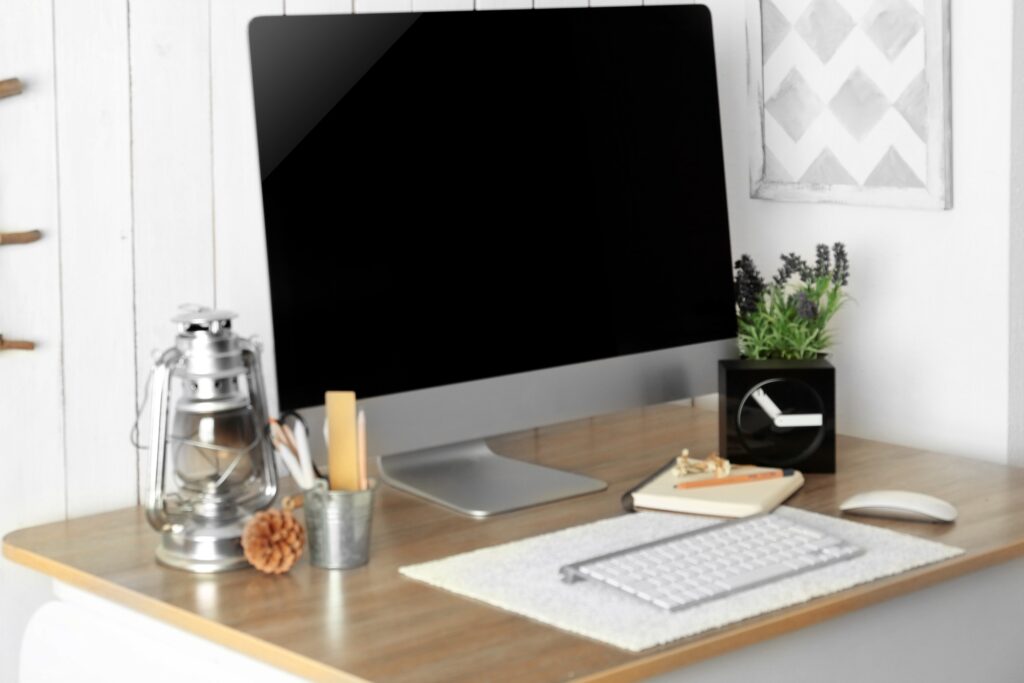
Packing delicate electronics requires special attention. Whenever possible, use the original packaging for your electronics, as these boxes are designed to offer maximum protection. If the original packaging isn’t available, consider double-boxing highly fragile items to provide added protection during transit.
Wrap screens in bubble wrap, then cover them with a towel or blanket and secure them to prevent damage. This method is particularly effective for flat-screen TVs or computer monitors. Using cardboard dividers can also protect individual components from scratching. Additionally, filling hollow items with packing material helps absorb shocks during transport.
Another useful tip is to take pictures of your devices before disconnecting them. This helps in reassembling them correctly at your new location. After wrapping cables, label them to make reassembly easier. Ensure that wires and fragile pieces are arranged neatly before placing them in the box. These steps will ensure your delicate electronics arrive in Leyton unscathed.
Protect Plates and Glassware
Extra care is needed when packing plates and glassware to prevent cracks and breakage. Always pack dishes on their sides, as this minimises the risk of breakage. Using a dish barrel for plates can provide additional structural support and help prevent damage. Avoid placing anything on top of packed plates to prevent crushing.
Wrap each plate in bubble wrap, secure it with tape, and store it vertically in a box filled with crumpled packing paper. This method ensures that your plates are well-cushioned and less likely to break. For glassware, wrap each piece in newsprint and bubble wrap. Secure stems in bubble wrap and fill any gaps in the box with additional packing paper to prevent movement.
Using proper packing materials, such as packing paper and bubble wrap, can significantly minimise the risk of damage. Layering crumpled packing paper at the bottom provides crucial cushioning. By following these steps, you can ensure your plates and glassware make it to Leyton in one piece.
Cushion Empty Spaces
Filling empty spaces in boxes is crucial to protect items from vibrations and movement during transport. Use materials such as packing paper, packing peanuts, towels, and linens to cushion empty spaces in boxes. This prevents items from shifting and reduces the risk of damage.
Reinforce fragile items inside the box with cushioning materials to prevent damage by minimising movement. Fill the bottom of the box with crumpled paper before placing the wrapped item inside for added protection. Using crumpled paper to fill any gaps in the box ensures that your items are snug and secure.
TIP
Properly cushioning empty spaces softens vibrations and protects your belongings during the move, filling any remaining empty space. It might seem like a small step, but it makes a big difference in ensuring your items arrive safely.
Fortify Boxes with Tape
Adding extra layers of packing tape along seams and corners enhances box strength and prevents opening during transport. For highly delicate items, use double corrugated boxes for additional protection and tape reinforcement.
Secure the lids or covers of fragile items with tape to ensure they don’t shift or open during handling. Reinforcing the bottom and sides of boxes provides extra stability and protection for your fragile items during transport. This step is essential to fortify your boxes and ensure they remain intact throughout the move.
Using quality packing tape and reinforcing your boxes appropriately prevents accidents and ensures that your items are transported safely.
Handle Mirrors and Picture Frames with Care
Packing mirrors and picture frames require special care. Start by clearing a space to wrap the item in bubble wrap or packing paper and secure it with tape. Use corner protectors for right-angled frames and bubble wrap for ornate frames to provide extra protection.
Placing strips of masking tape diagonally on a mirror helps prevent shattering and protects the frame during transport. Ensure there is no extra space between fragile items and the edges of the packing boxes to prevent damage during the move. By following these tips, you can protect your mirrors and picture frames from damage.
Label Fragile Boxes Clearly
Labelling boxes containing fragile items is vital to ensure they are handled with exceptional care during the move. Clearly marking boxes with ‘Fragile’ signs reduces the risk of fragile items being mishandled during transportation. This simple step can save you from the heartbreak of broken glass and other fragile objects.
Adding a fragile sticker and marking the side of the package where the glass is located can help ensure safer handling. Clear labels like ‘This Side Up’ and ‘Fragile’ notify movers to handle these boxes carefully, promoting better care. Proper labelling is an essential part of the packing process.
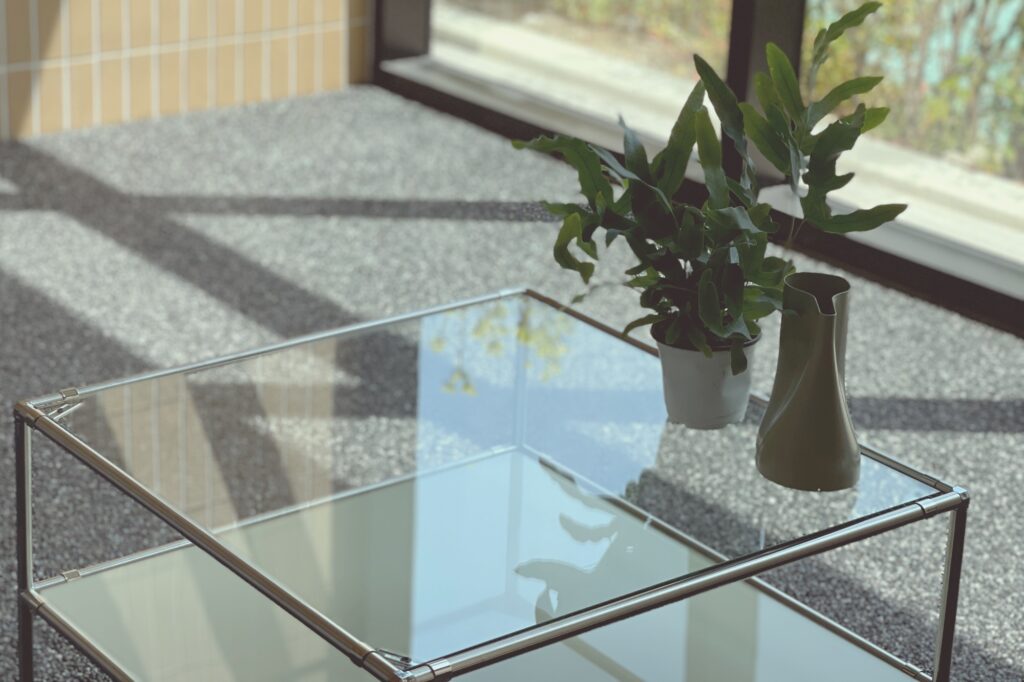
Plan for Unpacking at Your New Home in Leyton
Efficient unpacking at your new home in Leyton begins with proper labelling and organisation. Label each box with the rooms they belong to for easy sorting. Keep track of where items were packed and label each box by room. This helps streamline the unpacking process and ensures that items are placed in the correct rooms.
Keep track of fragile items and recycle packing supplies responsibly. Determine which packing materials can be reused for future moves and which should be recycled. Planning your unpacking process helps you settle into your new home more quickly and efficiently.
Labelling fragile boxes effectively can enhance the overall efficiency of the moving process. With careful planning and organisation, your move to Leyton can be smooth and stress-free.
Summary
Moving fragile items safely requires careful planning and the right materials. By gathering essential packing supplies, wrapping each item individually, using appropriate box sizes, and cushioning empty spaces, you can ensure your delicate belongings arrive intact. Clear labelling of boxes and planning your unpacking process are crucial for a smooth transition to your new home in Leyton. By following these expert tips, you can approach your move with confidence and care, ensuring your new home is filled with joy and unbroken treasures.
Frequently Asked Questions
Why is it important to gather essential packing supplies before starting to pack?
It’s crucial to gather essential packing supplies to effectively protect your fragile items and streamline the packing process. Having the right materials at hand minimises the risk of damage and enhances efficiency.
How should I wrap fragile items to prevent damage?
To prevent damage, individually wrap fragile items in packing paper followed by bubble wrap for optimal cushioning and shock protection. This ensures that each item is well-protected during transit.
What box sizes should I use for packing fragile items?
For packing fragile items, use smaller, sturdy boxes to ensure better protection and prevent damage. This strategy optimises space and minimises the risk of box failure.
How can I secure my delicate electronics during the move?
To secure your delicate electronics during a move, use original packaging if possible, double-box them, and wrap screens in bubble wrap. Additionally, label cables to ensure easy reassembly.
What steps can I take to ensure that fragile boxes are handled carefully?
To ensure fragile boxes are handled carefully, clearly label them with ‘Fragile’ and ‘This Side Up’ indicators. This will alert movers to take extra precautions while transporting them.
